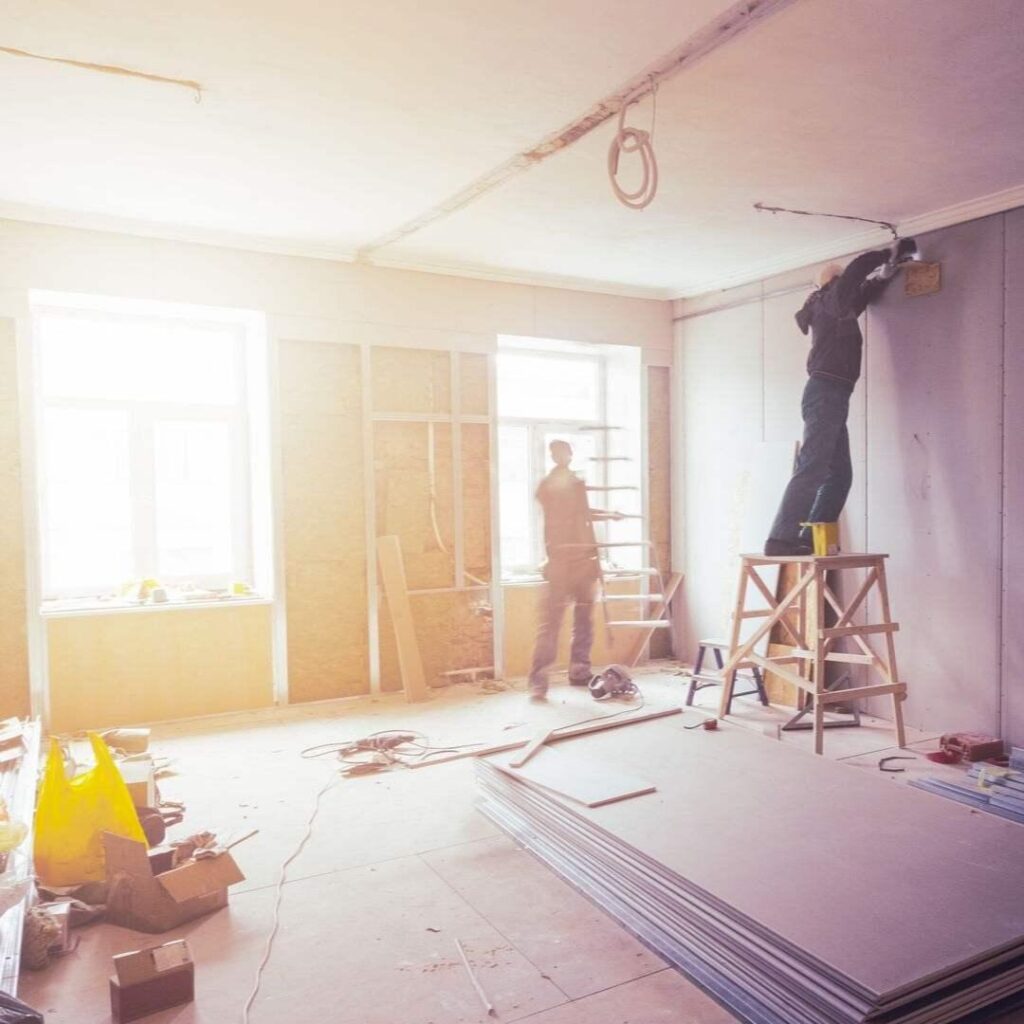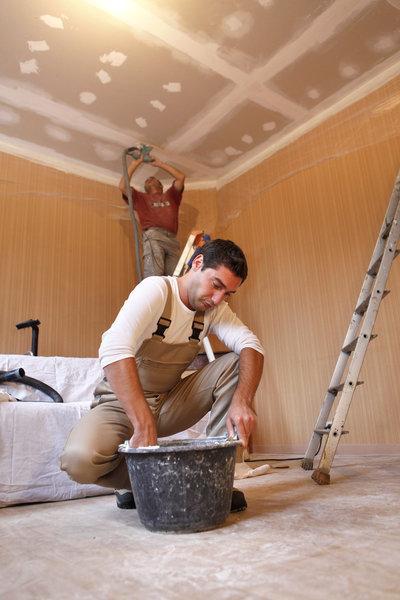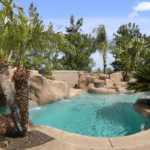Plastering New and Existing walls
Variety of Options to Choose from
Plastering walls is an important aspect of any home construction or restoration project because it creates a smooth, strong surface that will last for years.
Plastering walls is a specialised job that must be done with care. Plastering your walls ensures that they are robust, smooth, and long-lasting. Furthermore, a well-plastered room helps to keep existing walls in good condition, provides the ideal base for painting, and aids in soundproofing.
The type of wall and surface you want to plaster will determine the plaster type you need and how it is applied. For example, plastering a new wall or plasterboard is different from plastering an old masonry or existing wall.
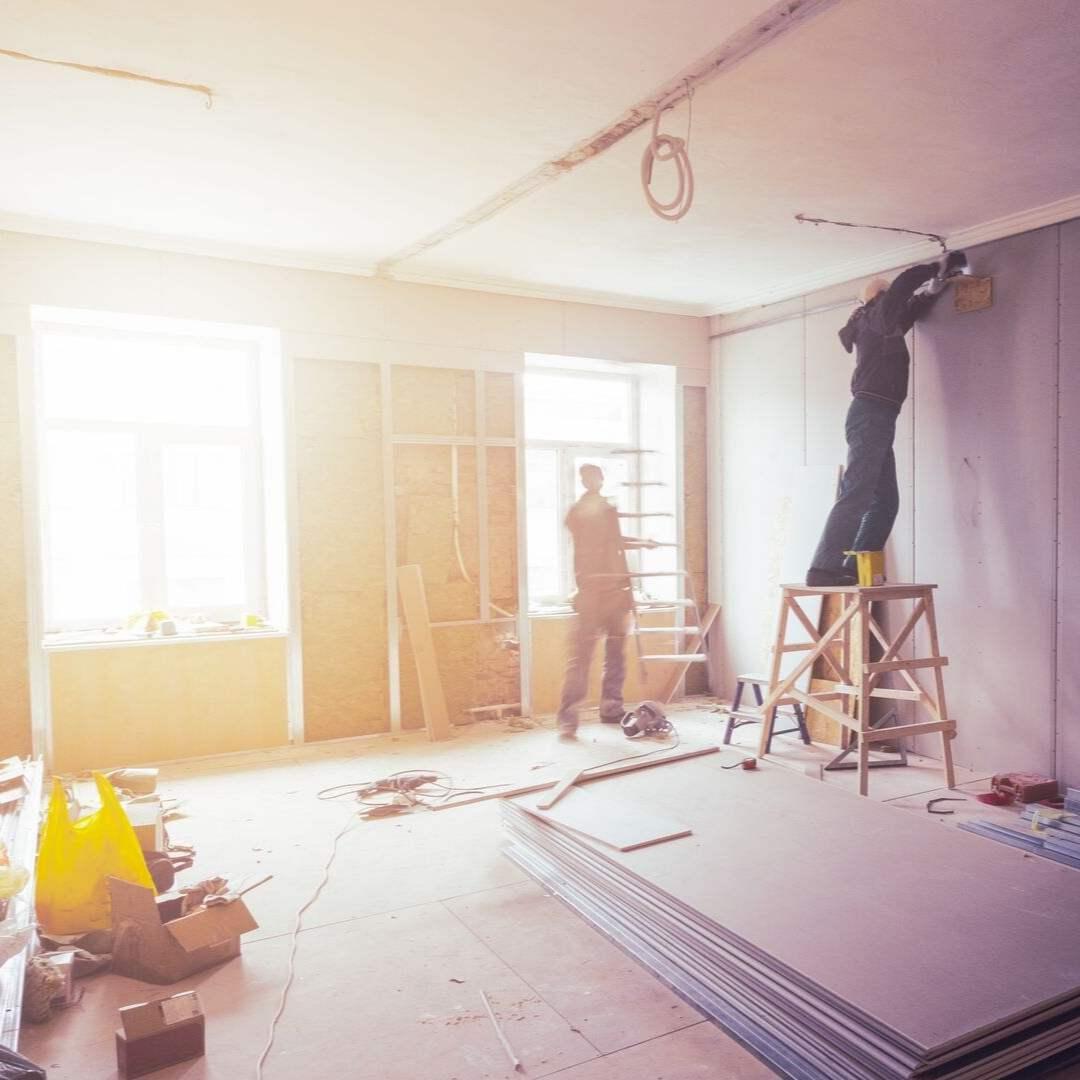
Minor plastering or “touch-ups” can be done by the homeowner, but entire walls and rooms should be left to specialists.
That doesn’t mean you can’t save money by prepping the area and renovating ancient brickwork yourself.
Plastering walls in a new structure
Plastering walls in a new home or addition is not the same as doing it in a renovation. Plaster can be applied directly to gypsum board in new construction.
Here’s how to put up a new wall with plaster:
- First, countersink the gypsum board screw heads and tape the connections between the boards.
- For a clean finish at the outside corners, utilise metal angles.
- Plastering is being applied.
- All block walls that are to be plastered should have a coat of sand and cement plaster, known as scratch plaster.
- Allow this coat to cure before scratching it in a swirling motion with a float and nails to give a strong basis for the next coat, which is applied while the initial scratch coat is still green but not completely dry.
- These two coats should be used to level the wall and fill any depressions or imperfections.
- At this point, the professional plasterer should assess whether the plaster has cured sufficiently and applied the finishing plaster.
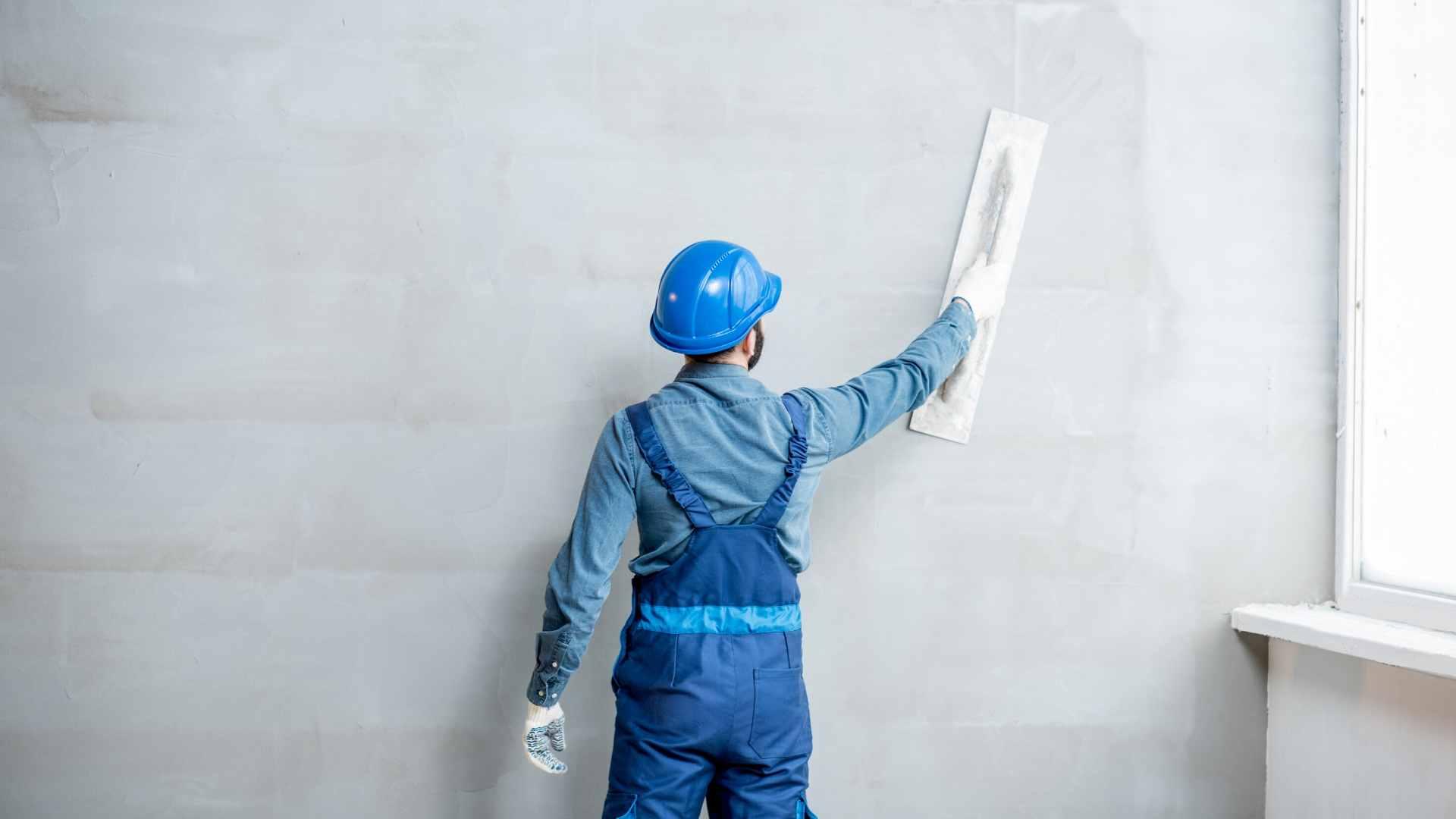
Because this is the final surface of your new home’s walls and ceilings, it should be smooth and devoid of spackle markings or faults.
Many new homes are not even plastered.
These are usually interior walls or stud walls, however, the inner sides of external walls are sometimes plasterboarded before being painted or wallpapered – no plaster base.
The primary reason for this is, of course, financial. As a result, a plasterer is not necessary. Instead, the screw holes are filled, and the board joints are taped (scrim). After that, a joint compound is administered, and you’re ready to go.
This is known as “tape and jointing.”
This approach is less expensive than plastering, but it must be used with caution because if the plasterboard becomes too wet, it becomes weak, and the paper surface of the plasterboard can easily be destroyed if you are not careful.
Plastering walls as part of a rehabilitation project
When plastering walls as part of a remodelling project, additional preparatory work is frequently required to guarantee that the old walls are plaster-ready.
Prepare the space:
Before your plasterer arrives, clean the room, cover carpets, and cover anything that cannot be removed.
Because your plasterer will need access to water, make sure the path to the water source does not stretch all the way through your house without dragging plaster and dirt.
Remove old baseboards before plastering – most plasterers find that plastering to an inch or two above the floor is easier than painting to the top of the baseboards. However, if you wish to keep your baseboards, most plasterers should be able to plaster up to them, even if it is time-consuming.
Get your walls ready.
If you wish to paint over old plaster walls, you must first prepare them.
Before cleaning the masonry beneath, the damaged and cracking old plaster on the walls must be removed.
Remove any remaining wallpaper and add an adhesive, such as a diluted PVA solution. A product containing small sand-like grains that cling to the wall and provide an excellent base for a new layer of plaster might also be employed.
Plaster priming should be applied directly to the walls.
Once the surface is dry, your plasterer can apply a base coat directly.
Is it possible to plaster directly onto a brick wall?
Although it is not common these days, it is occasionally essential to plaster directly onto old brickwork or blocks. This is typically done on tiny wall sections where pieces of the old plaster have broken loose, and it is frequently done as a “touch-up” rather than on the full wall.
These walls must be inspected and, if necessary, repaired; disintegrating old brickwork will not tolerate a fresh coat of plaster. As a result, before you begin plastering, you must first complete the following tasks:
The old masonry surface must be scrubbed clean using a wire brush.
Then, to attain the same thickness as the previous brickwork, a layer of bonding or browning, a plaster-like substance, is placed.
The entire surface can then be stripped by a plasterer.
Plastering with water
Plastering was more complex and costly prior to the advent of plasterboard.
However, some people still favoured “wet plastering,” or plastering directly over unplastered masonry or blocks, because it increases soundproofing.
In this method, a scratch coat of cement plaster or gypsum is trowelled directly onto the stonework before being coated with a thin primer.
Wet plastering has the disadvantage of taking much longer to dry than a thin coat on plasterboard and can also break.
Plastering over plasterboard will save you time and money.
When renovating, plastering over gypsum board is typically easier than unplastered masonry because only a base coat is necessary – this is usually the cheapest option. Furthermore, gypsum board can be screwed to wooden laths and fastened to bare walls to add an insulating layer if necessary.
In other circumstances, bare walls can be “dabbed” with gypsum boards.
This entails using adhesive strips to adhere miniature gypsum board sheets to the wall.
Cutting the plasterboard yourself saves your plasterer time and money on the task. A handsaw will suffice.
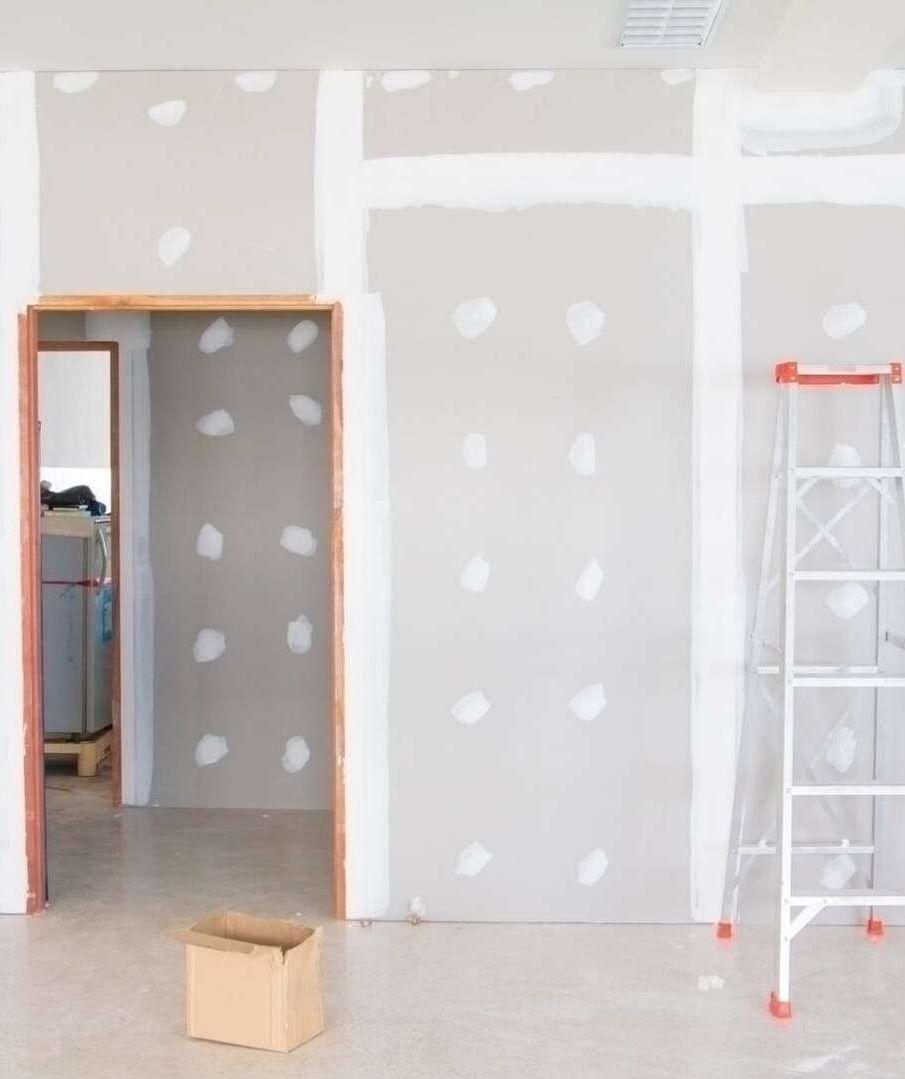
You can also install the plasterboard yourself. Screwing them directly to the wooden battens affixed to the wall and ceiling is the simplest method.
Before the plasterer removes the boards, the joints between them must be covered with fabric tape.
Do you require plastering services for your home? Get in touch with Brisbane Plaster Pro right away to get the job done.
The post Plastering New and Existing walls appeared first on Write Buff.
The post Plastering New and Existing walls appeared first on https://gqcentral.co.uk

